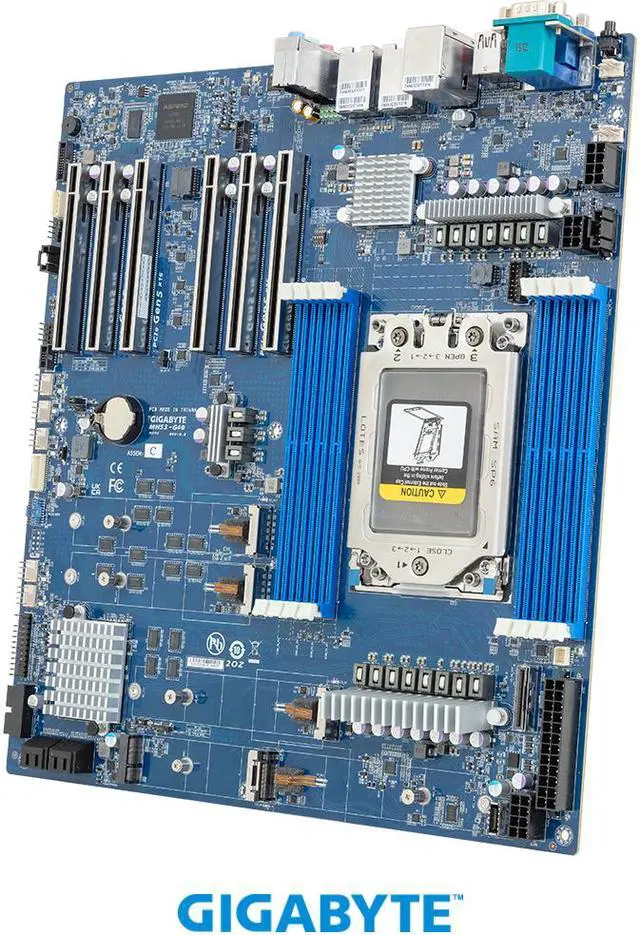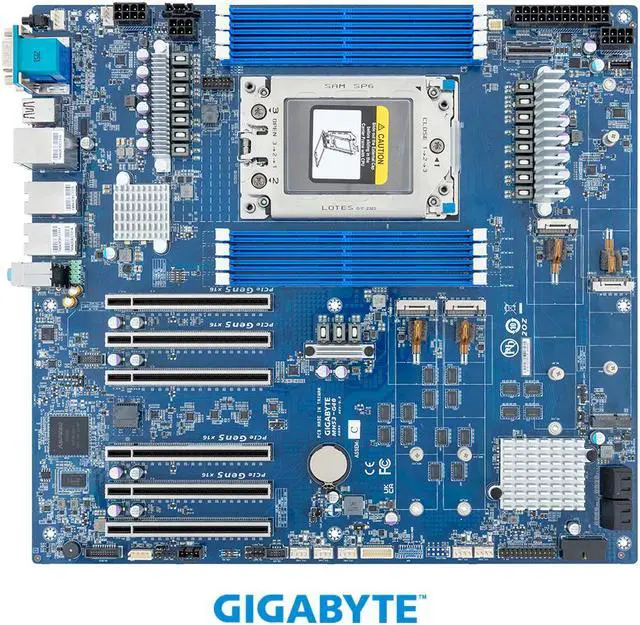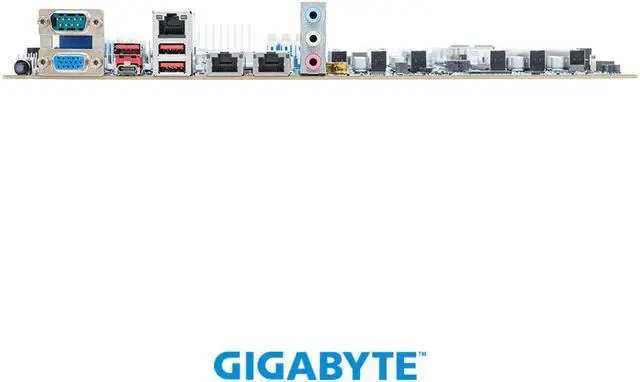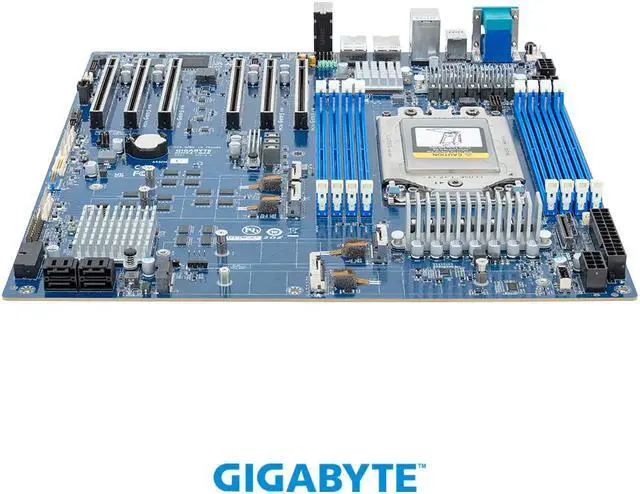
AMD Ryzen Threadripper PRO 7000 WX-Series processors expand on the prior generation's unrivaled performance and superior platform features. Built on the leading 5nm 'Zen 4' architecture, these processors deliver power, performance, expandability, and efficiency to your fingertips. Common lightly threaded applications used by artists, architects, and engineers benefit from enhanced max boost frequencies and IPC improvement across the entire stack, delivering outstanding performance.
For multithreaded workloads, Threadripper PRO continues to offer the most cores of any workstation processor for complex simulation, generative design, rendering, and software compilation tasks where users can see significant performance gains in applications. These processors offer up to 1.5 times the L3 cache directly accessible per core compared to the previous generation for an effective reduction in memory latency, along with high memory bandwidth for applications that are sensitive to memory speed.



AMD Ryzen Threadripper PRO 7000 WX-Series with up to 128 PCIe 5.0 lanes for multi-GPU support gives creators more configuration flexibility to equip the variety combination of hardware accelerators.
MH53-G40 equips several new components to ensure the best PCIe 5.0 signal bandwidth and quality, including low-loss PCB, PCIe Slots, Re-drivers, Switches that are specifically designed for PCIe 5.0. There will be no compromise on PCIe 5.0 performance on PCIe interface.

Plentiful NVMe and SATA Storage interface can fulfill your hot and cold data processing requirement at once.
- 4 x M.2 2280/22110 slots (PCIe 5.0 x4)
- 1 x MCIO 8i connector (2 x Gen5 NVMe or 8 x SATA 6Gb/s)
- 4 x SATA 6Gb/s ports

For hardware-based authentication, the passwords, encryption keys, and digital certificates are stored in a TPM module to prevent unwanted users from gaining access to your data. GIGABYTE TPM modules come in either a Serial Peripheral Interface or Low Pin Count bus.

The Broadcom BCM57416 controller supports 2 x 10GbE configuration which is the foundation for workstation connectivity, providing broad interoperability, critical performance optimizations, and increased agility for Communications, Cloud, and Enterprise IT network solutions.
Value-added Management
GIGABYTE offers free-of-charge management applications via a specialized small processor built on the server.
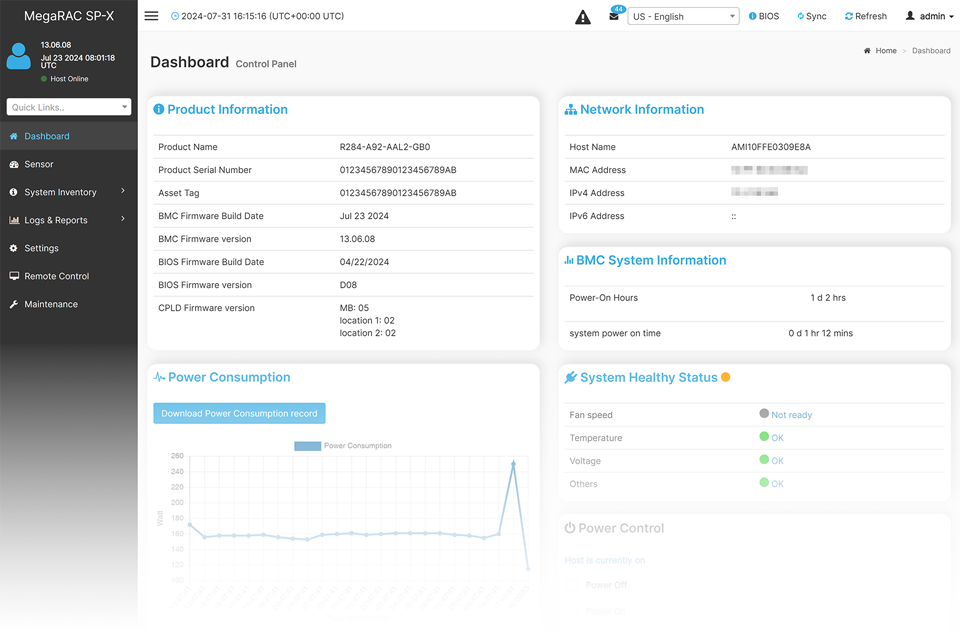
For management and maintenance of a server or a small cluster, users can use the GIGABYTE Management Console, which is pre-installed on each server. Once the servers are running, IT staff can perform real-time health monitoring and management on each server through the browser-based graphical user interface. In addition, the GIGABYTE Management Console also provides:
- Support for standard IPMI specifications that allows users to integrate services into a single platform through an open interface
- Automatic event recording, which can record system behavior 30 seconds before an event occurs, making it easier to determine subsequent actions
- Integrate SAS/SATA/NVMe devices and RAID controller firmware into GIGABYTE Management Console to monitor and control Broadcom MegaRAID adapters.
GIGABYTE Server Management (GSM)
GSM is a software suite that can manage clusters of servers simultaneously over the internet. GSM includes a complete range of system management functions that includes the following utilities:
- GSM Server: A software program that provides real-time, remote control using a graphical user interface through an administrator's computer or through a server in the cluster. The software allows ease of maintenance for large clusters of servers.
- GSM CLI: A command-line interface for monitoring and managing remotely.
- GSM Agent: A software program installed on each GIGABYTE server node that retrieves information from each system and devices through the OS, and this software integrates with GSM Server or GSM CLI.
- GSM Mobile: A mobile app for both Android and iOS that provides admins with real-time system information.
- GSM Plugin: An application program interface that allows users to use VMware vCenter for real-time monitoring and management of server clusters.


* The entire materials provided herein are for reference only. GIGABYTE reserves the right to modify or revise the content at anytime without prior notice.
* Advertised performance is based on maximum theoretical interface values from respective Chipset vendors or organization who defined the interface specification. Actual performance may vary by system configuration.
* All trademarks and logos are the properties of their respective holders.
* Due to standard PC architecture, a certain amount of memory is reserved for system usage and therefore the actual memory size is less than the stated amount.


